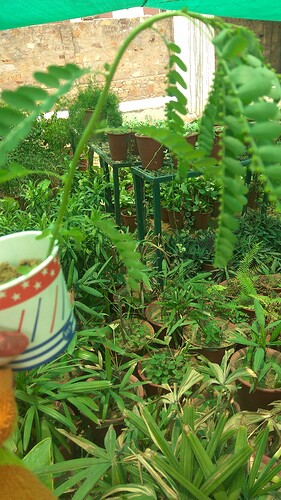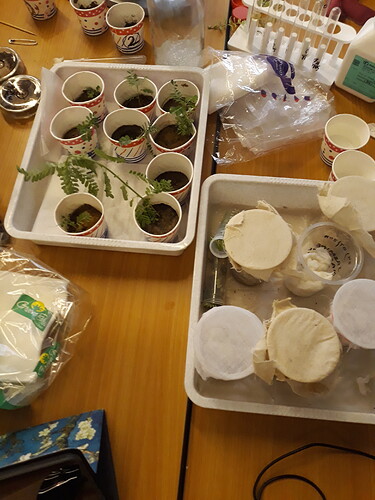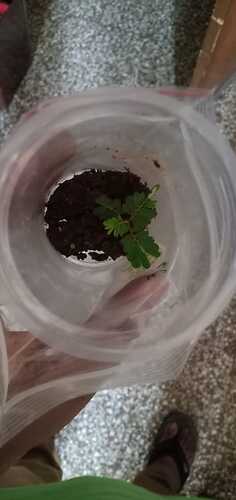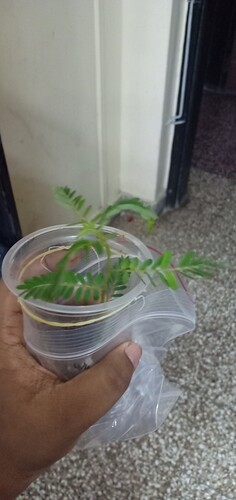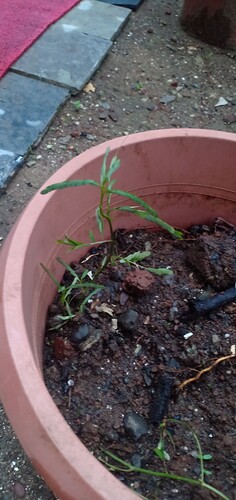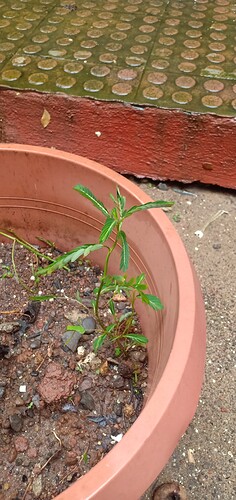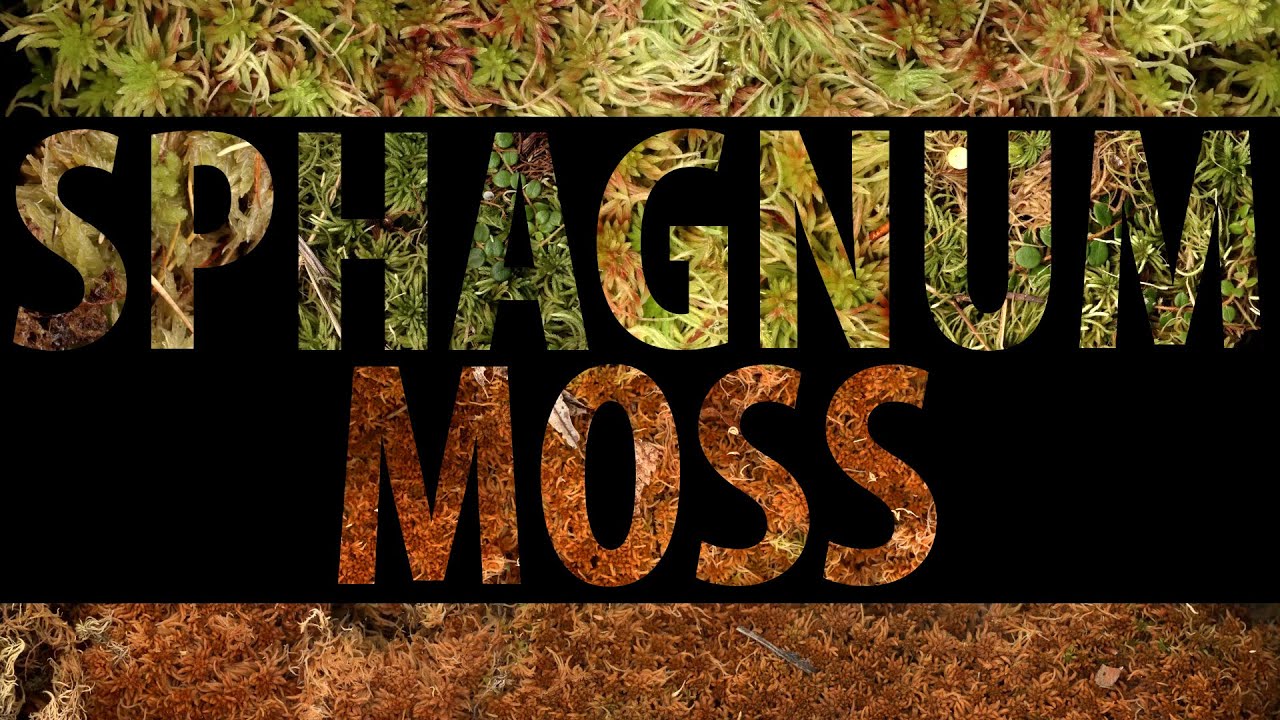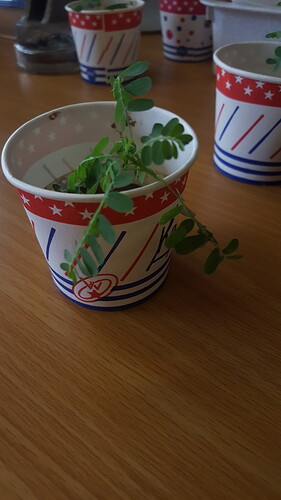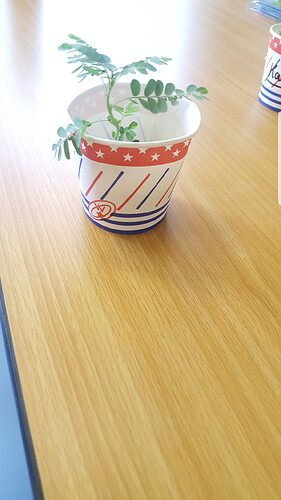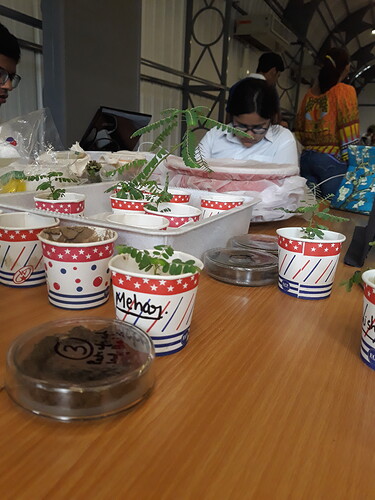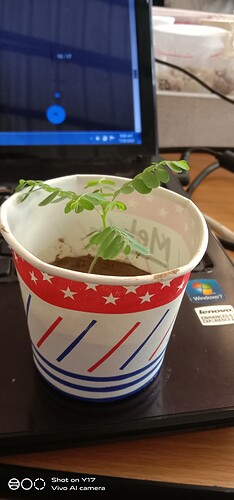Do plants sleep? This is a question several of us are asking today.
I guess plants definitely need sleep …they cook / prepare their own food the entire day
Do plants change their sleep patterns …
Can something make them change their sleep pattern …
Some chemicals …or change in environment
We change our sleep patterns …for functions …for watching TV …and may be anything …at times …does it effect our health
We will take these plants home to observe their sleep patterns And record their results as to when they close up and when they bloom again:herb:![]()
Plants are living things so it is obivious it will ![]()
![]() sleep
sleep
https://www.sleep.org/articles/do-plants-sleep/ this site says that plants take a power nap of sometimes
Reference: Plant Circadian Rhythms - PMC
The earth rotates on its axis every 24 h, with the result that any position on the earth’s surface alternately faces toward or away from the sun—day and night. That the metabolism, physiology, and behavior of most organisms changes profoundly between day and night is obvious to even the most casual observer. These biological oscillations are apparent as diurnal rhythms. It is less obvious that most organisms have the innate ability to measure time. Indeed, most organisms do not simply respond to sunrise but, rather, anticipate the dawn and adjust their biology accordingly. When deprived of exogenous time cues, many of these diurnal rhythms persist, indicating their generation by an endogenous biological circadian clock. Until recently, the molecular mechanisms by which organisms functioned in this fourth dimension, time, remained mysterious. However, over the last 30 or so years, the powerful approaches of molecular genetics have revealed the molecular underpinnings of a cellular circadian clockwork as complicated and as beautiful as the wonderful chronometers developed in the 18th century.
(REFERNCES TO SAY IF THE PLANT SLEEP)
I also tried to observe some of the phyllantus plant by bringing it home here is some of the important or key observation of mine during this period…
DATE 16/07/2019
sunrise: 6:09am
sunset: 7:19pm
time of observation: 10am to 10pm
soil was dry as I was maintaining in the glass cup
the plant had not slept the whole day…
DATE 23/07/2019
sunrise 6:12am
sunset 19:17pm
Time of photo 6:45pm
leaves are closed 32 mins before sunset
Date 24/07/2019
sunrise 6:12am
sunset 7:17 pm
time of photo 6:13pm
leaves are closed 56 mins before sunset
reference: for time of sunset and sunrise Sunrise and sunset times in Mumbai
three things I want to take down to our notice that
- when the amount of water was less in the soil or rather soil was relatively dry the plant didn’t sleep
- earlier it used to close it leaves 5-10 mins after and before sunset in other places including Mumbai but recently it has started closing it leaves much earlier than before what could be the reason?
Add images
Plants must correctly synchronize their circadian rhythms with the timing of day and night so that they can optimize energy and performance. Circadian rhythms control the time when plants grow and allow plants to conserve energy so that they have enough to last throughout the night. source : plant physiology by frank b. sahisbury and cleon w.ross
Plants need circadian their rhythms to be correctly synchronised with the timing of day and night, so their activities are matched to the time of day.
For example, circadian rhythms control the time when plants grow, when their flowers open and release scent, and allow plants to carefully use energy reserves so they do not starve in the night.
can this be a reason for the changes observed by phyllanthus observers?
Could you explain further how this could be the reason for the observed changes in phyllantus? @Anushka
This is very interesting. Depends on what we call sleep I guess. How are we defining it? That will determine the answers.
The metabolism of plants changes with/out photosynthesis, which depends on light. We can call that switch “sleep” for the night part. And “awake” for the day part. Wouldn’t be fully correct though.
We could interpret the closing of leaves as a kind of sleep - like the experiment with the phyllanthus.
Plants in tissue culture can show phases of vigorous growth interspersed with phases of “nothing going on” - these are often independent of day/night and probably dependent on what the plant is doing. Newly potted plants can appear to stall, while in reality their priority is developing a root system, so the action moves underground and the plant appears to have stalled.
Still other plants go through longer or seasonal switches (hibernation?). Some lose leaves. Others grow dormant and shed most vegetative mass and form buds reducing needs and protecting the core, waiting for better growing conditions to resume growth. Others may not lose vegetative mass, but they sort of “freeze” growth.
Selaginella lepidophylla often called the rose of Jericho is a desert plant that loses almost all the water in its body as conditions dry. It forms a tight ball of what looks like dried fern or twigs. It can even shed its roots and get blown around by the wind, often lying dormant for years till it finds water. When it gets wet, it slowly unfurls over several hours, turns green and starts photosynthesizing!!! It puts out roots again and grows in its new spot. Till available water dries again and the leaves turn brown and curl into a ball again…
Perhaps if we define what we mean by sleep, we could measure it better?
Mosses are plants that have neither roots nor flowers and “fruit”. They reproduce using spores or asexually, by branching when too long or broken. They grow in large clumps which can be seen on stones or trees. Sphagnum mosses growing in bogs can cover square kilometers of area!
Mosses have a different sleep/wake. When dry, they turn brown and go dormant. There is no growth, no metabolic activity - it is like dried grass, except it can come alive and wake up again. When wet, they become green and resume growth. Of course, unlike the selaginella dry moss too much for too long and it will die. But not the spores! Viable moss spores have been found from thousands of years ago!
Here is a fascinating explainer video with beautiful time lapse shots of sphagnum moss drying and rehydrating in a bog
Edit: I can bring some live sphagnum over to the lab if this is interesting. It is fairly easy to grow.
STEM WORKSHOP DAY 3
it was a fun loving experience with all the plants that we spent yesterday , we found their living after when they sleep and when they don’t .
but as we know we are also living beings and they too have a sleep pattern which they sleep in the night , we ll try to find out what is their sleep pattern by taking a plant known as phyllanthus ![]()
![]()
![]()
![]()
![]()
![]()
![]()
![]()
![]()
![]()
![]()
![]()
For studying the circadian cycle or sleeping pattern of plants, We took a phyllanthus home and observed it at sunrise and sunset.
Sunset on 24 July-
This photo was taken at 18:00 p.m. The plant looked more drooped than when it was taken.
Sunrise on 25 July-
This photo was taken at 7:00 a.m and the plant really shined and stood straight.The golden sunlight hit it’s beautiful leaflets
We observed the sleep cycle of the plant, phyllanthus, yesterday, recording the behavior of it during sunrise and sunset
So, do you want to say that the above plant species can hibernate till water is available?..If yes, do other plants also hibernate???![]()
![]()
For studying the sleeping cycle of plants ![]()
![]()
![]() we took first observation at 6pm on 24 the July 2019 then plant was sleeping
we took first observation at 6pm on 24 the July 2019 then plant was sleeping
It has been a cloudy weather since yesterday which results into less sunlight. Will it effect the pattern that you have studied?
